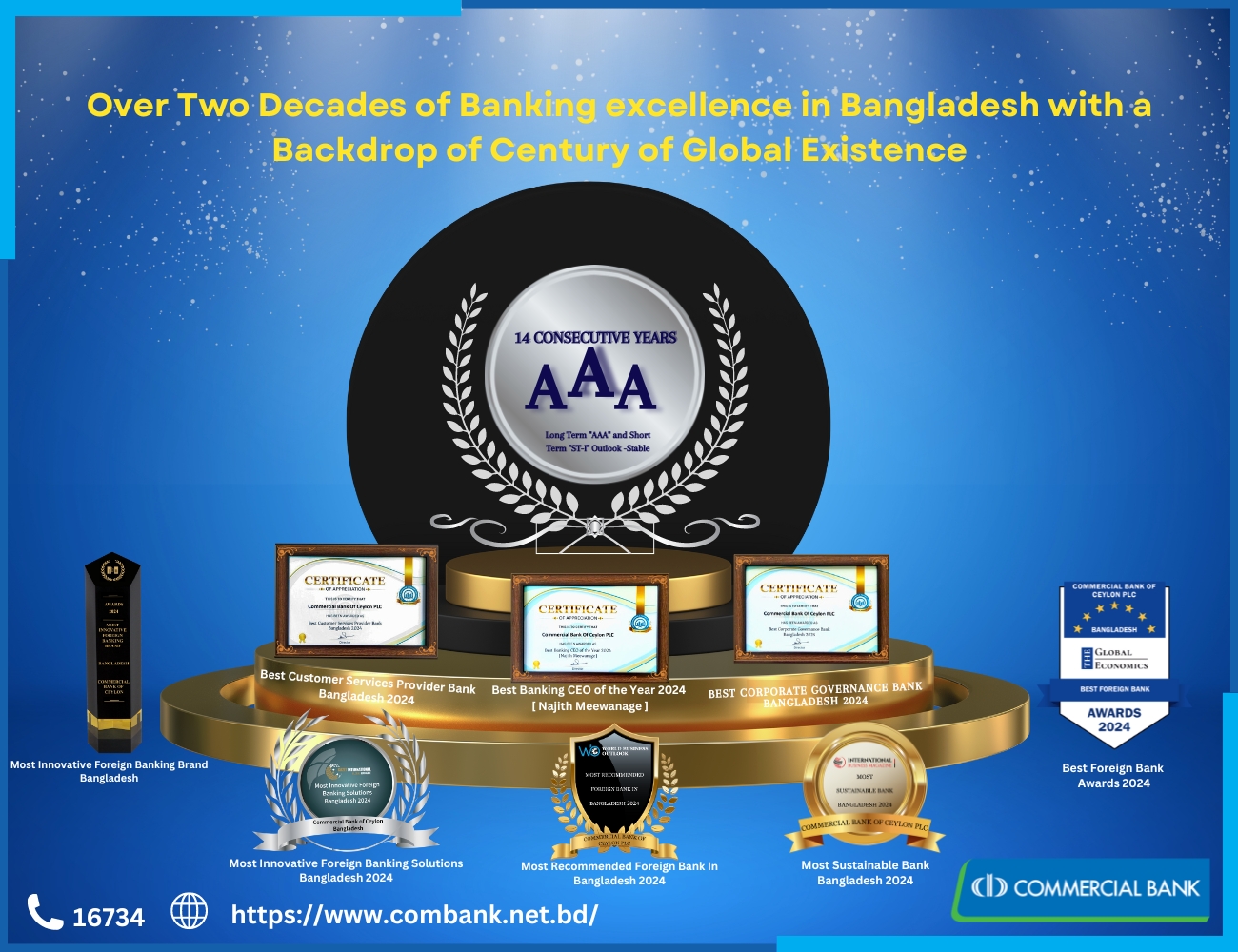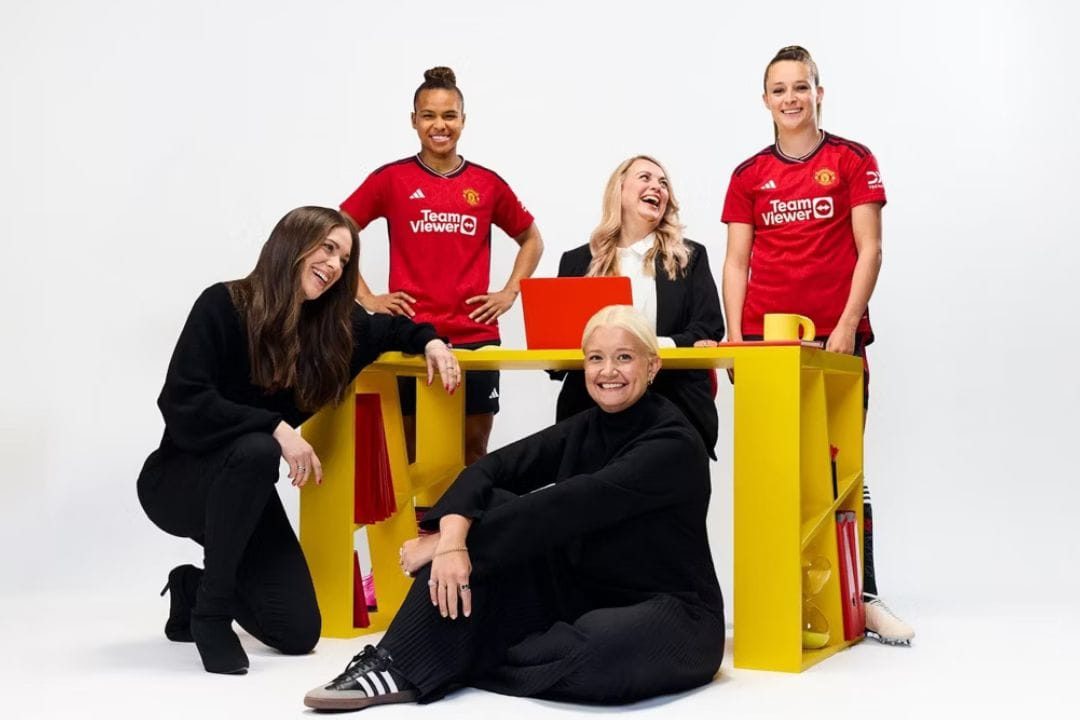
What happens when voices silenced for centuries finally break through? In 2024, women creators across art, music, and literature are rewriting history, reshaping culture, and redefining their fields on their own terms. Their contributions, often marginalized or overlooked throughout history, have always been revolutionary, and today, they continue to break down barriers, challenge norms, and reshape artistic landscapes. The world is beginning to recognize their brilliance—painters, writers, musicians, and more—whose work not only reflects their distinct experiences but also disrupts societal expectations and fuels cultural transformation. As we celebrate their achievements, it’s clear that women creators are carving out spaces of empowerment, giving voice to the voiceless, and forging paths that will inspire generations to come.
This year is particularly significant in the ongoing journey toward gender equality in the arts. From global music stages to galleries and literature, women creators are pushing boundaries, and 2024 marks a moment where the fruits of their labor are beginning to be widely acknowledged. It’s a time to reflect on both the progress made and the work that still lies ahead.
Yet, despite this momentum, gender disparities remain profound. According to a USC Annenberg study, women make up just 21.6% of those signed by galleries and labels in the music industry, with female songwriters accounting for a mere 12.6%, and women producers a staggering 2.6%. This imbalance is also evident in the auction world, where works by female artists sell for an average of 42% less than those by their male counterparts. Despite their growing visibility, these statistics reveal the systemic challenges that still persist.
The underrepresentation of women creators is not only an issue of fairness but also a missed opportunity for growth and innovation. Studies have shown that galleries with more women artists tend to perform better, and yet, women remain underrepresented in both gallery representation and auction sales. This calls for systemic change in how art is valued and promoted, and there is a growing movement to address these disparities. From local initiatives to international platforms, women creators today are amplifying their voices, reshaping industries, and reimagining what the future of art can look like.
From Antiquity to Modernity
Women have always been involved in artistic processes, yet their contributions were often erased or minimized. In ancient Egypt, for example, women were key to cultural practices as weavers, jewelers, and creators of religious artifacts, though their identities were largely forgotten. One of the few early female artists known to history is Timareta, a Greek painter from the 5th century BC, mentioned by the Roman writer Pliny the Elder. She not only demonstrated exceptional skill as a painter but also defied expectations by refusing to paint a portrait of the goddess Artemis, asserting her artistic independence in a time when women were rarely afforded such autonomy.
As we move through history, women continue to face significant barriers. In the Middle Ages, their participation in the arts was often restricted to religious commissions or domestic crafts, with few having the opportunity to formally study art. Nevertheless, some managed to leave an indelible mark. Hildegard of Bingen, a 12th-century German abbess, philosopher, and composer, is one such figure. Though known primarily for her theological work, Hildegard also produced intricate religious illuminations and pioneering sacred music compositions, defying the era’s restrictions on women and establishing herself as a trailblazer in multiple fields.
“Art is not a mirror held up to reality, but a hammer with which to shape it.”
– Bertolt Brecht
 Breaking Barriers: Women in the Arts
Breaking Barriers: Women in the Arts
For centuries, women were denied access to formal artistic education. Most major European art academies were male-only, and many believed women lacked the intellectual capacity for advanced artistic training. As a result, women were often excluded from prestigious institutions that would have helped them advance in their careers. Yet, some defied these odds and achieved great success. One such artist is Artemisia Gentileschi, an Italian Baroque painter who gained international acclaim in her lifetime. Known for her portrayal of female strength and agency, Gentileschi’s work often explored themes of violence and resilience. Her painting Judith Beheading Holofernes became one of her most famous works, symbolizing not only female empowerment but also her personal experiences, including surviving sexual assault and a subsequent trial, which infused her art with raw emotion and defiance.
Despite these systemic hurdles, the 19th and early 20th centuries saw significant change. With the rise of the suffragette movement and growing demands for gender equality, many women artists began to explore subjects and techniques that deviated from traditional themes. The Impressionist and Modernist movements, for example, provided women with the freedom to express themselves more openly, marking a revolution not only in artistic techniques but also in how women viewed their own place in the artistic canon.
While Artemisia Gentileschi challenged societal norms in the 17th century, today’s female artists like Tyla and Beabadoobee are continuing this tradition by redefining creative spaces.
 Women in Music: Redefining Sound
Women in Music: Redefining Sound
Music, much like the visual arts, has been a space where women have fought for recognition. In the 21st century, female musicians are breaking new ground, transcending genres and reshaping the future of music.
- Tyla (1999–Present) is a South African artist who has captivated global audiences, particularly with her fusion of pop and Amapiano, a genre deeply rooted in South Africa’s townships. Tyla’s distinctive blend of global pop influences and local rhythms is helping her carve out a niche in the international music scene. Her tracks are a testament to her bold artistic vision and creativity, as she navigates the complexities of being a female artist in a male-dominated industry.
- Keturah (1997–Present), a 27-year-old Malawian artist, blends African rhythms with global influences, creating a unique sound that resonates worldwide. Her debut album tells the story of her journey from a small village in Malawi to Venice, California, showcasing both her personal growth and the rich cultural heritage that informs her music. Keturah is a trailblazer, breaking barriers and establishing herself as a leading figure in the global music industry.
- Beabadoobee (2000–Present), a Filipino-British singer-songwriter, has emerged as one of the most exciting voices in indie and alternative music. Known for her raw emotionality, Beabadoobee’s music delves into themes of youth, love, and longing. Her track Coffee became a breakout hit, catapulting her into the spotlight. Her rise reflects the growing influence of women in the indie music scene and underscores how new generations of female musicians are shaping cultural movements.
 Women in Literature: Shaping the Narrative
Women in Literature: Shaping the Narrative
Female authors have long been pioneers, challenging societal expectations and exploring themes that break from the status quo. In recent years, several women writers have pushed the boundaries of literary form and content in exciting new ways.
- Sheila Heti (1976–Present) is a Canadian writer known for her experimental approach to storytelling. Her work, such as Alphabetical Diaries, is a testament to her innovative nature, restructuring years of personal journal entries into a non-linear narrative that challenges traditional memoirs. Heti’s work explores time, memory, and self-reflection, offering a fragmented yet powerful lens on the complexities of life.
- Miranda July (1974–Present), an American artist whose work spans literature, film, and performance art, is known for her offbeat, surreal storytelling. Her novel All Fours explores the theme of perimenopause, offering a deeply personal yet universally relatable narrative about transformation and identity. July’s quirky and experimental style encourages readers to think critically about the body, freedom, and life’s transitions.
- Joyce Carol Oates (1938–Present), an American writer renowned for her exploration of dark psychological themes, continues to break ground in the literary world. In her novel Butcher, Oates explores the grotesque reality of medical experimentation on women in the 19th century, critiquing the patriarchal treatment of women’s bodies. Her work remains relevant in today’s discourse on trauma, power, and the abuse of women.
- Rupi Kaur (1992-Present) rose to fame with her poetry collection, Milk and Honey (2014) which ended up selling over six million copies globally and sat on The New York Times bestseller list for almost four years. She produced Rupi Kaur Live in 2021, a first-of-its-kind poetry special on Amazon Prime Video. Her work focuses on love, loss, trauma, healing and compassion. She stands out as a role-model for modern women in arts and literature.
These women—whether through visual art, music, or literature—are not only breaking barriers but also redefining the future of their fields. They challenge the structures that have historically limited them, paving the way for new forms of creative expression and greater representation.
As we celebrate these achievements, let us also take action. We must support initiatives that promote gender equity in the arts, amplify the voices of women creators, and work to dismantle the barriers that persist. In 2024, we can look forward to a future where women in art, music, and literature are not only recognized but celebrated for the power, creativity, and brilliance they bring to the world.
As we celebrate these achievements, let us also work toward a world where every woman creator has the opportunity to thrive, inspiring generations to come with their brilliance.


 Breaking Barriers: Women in the Arts
Breaking Barriers: Women in the Arts Women in Music: Redefining Sound
Women in Music: Redefining Sound Women in Literature: Shaping the Narrative
Women in Literature: Shaping the Narrative












